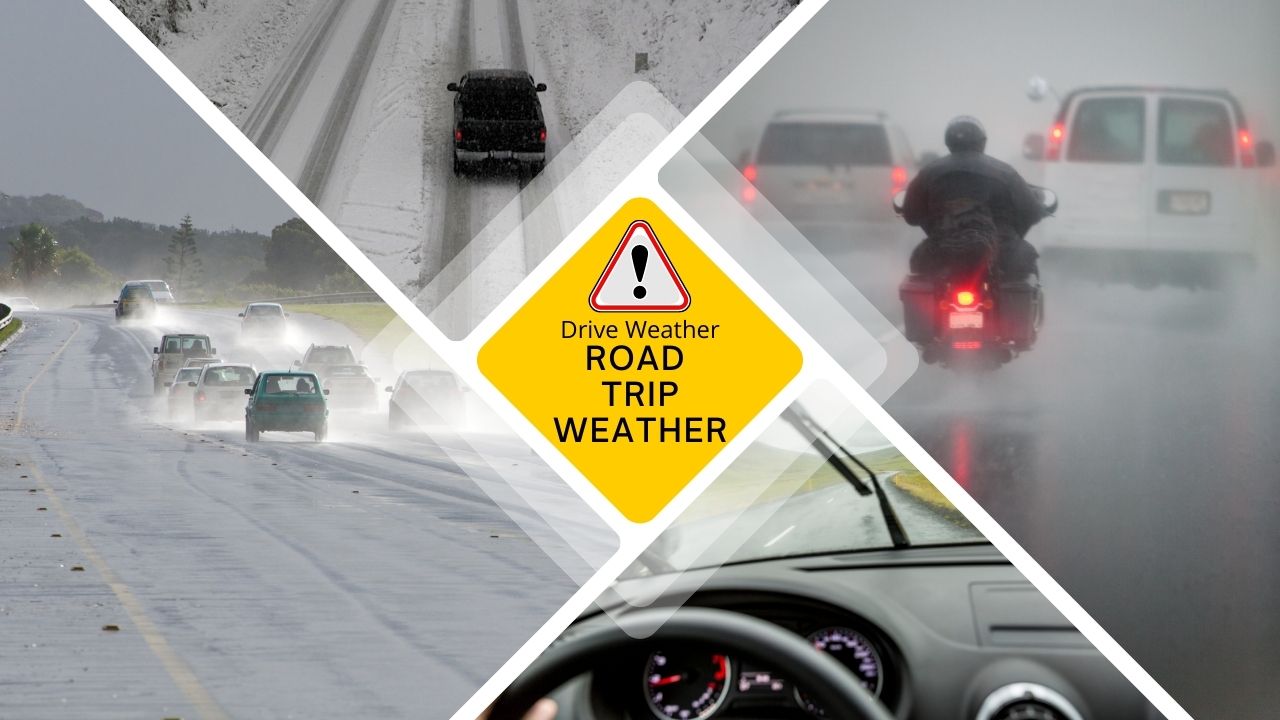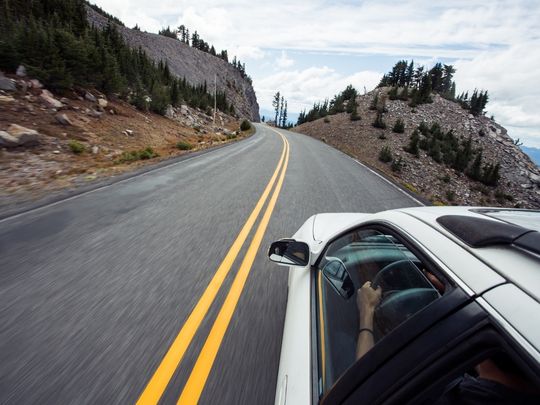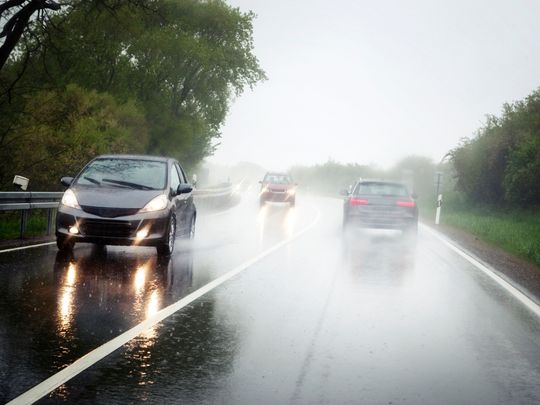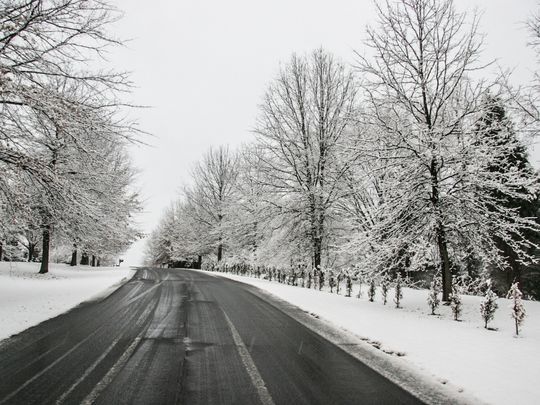This list contains circumstances that involve varied degrees of danger. In spite of this, you should never let your guard down and always be prepared for the possibility of an emergency. When driving in poor weather, you should be aware of the following typical dangers and be prepared to deal with them:
* Snow
Driving in the snow is a very hazardous endeavor. During a snowfall, conditions can rapidly deteriorate, and during a blizzard, they have the potential to become life-threatening. Even after the storm has passed, the icy streets will continue to pose significant dangers to pedestrians and cause visibility problems. This article will provide you with all of the defensive driving advice you need to know in order to drive safely in the winter weather situations that you may encounter. In this post, you will discover how to prevent getting into a skid, various ways for stopping in an emergency situation, and what to do in the event that you do get into a skid. If you find yourself in a situation where you have to drive in the snow, heeding this potentially life-saving advice will help you become a safer and more defensive driver.
wet-weather-driving. Driving in the snow is a very hazardous endeavor. During a snowfall, conditions can rapidly deteriorate, and during a blizzard, they have the potential to become life-threatening. Even after the storm has passed, the icy streets will continue to pose significant dangers to pedestrians and cause visibility problems. This article will provide you with all of the defensive driving advice you need to know in order to drive safely in the winter weather situations that you may encounter. In this post, you will discover how to prevent getting into a skid, various ways for stopping in an emergency situation, and what to do in the event that you do get into a skid. If you find yourself in a situation where you have to drive in the snow, heeding this potentially life-saving advice will help you become a safer and more defensive driver.
* Blizzards



